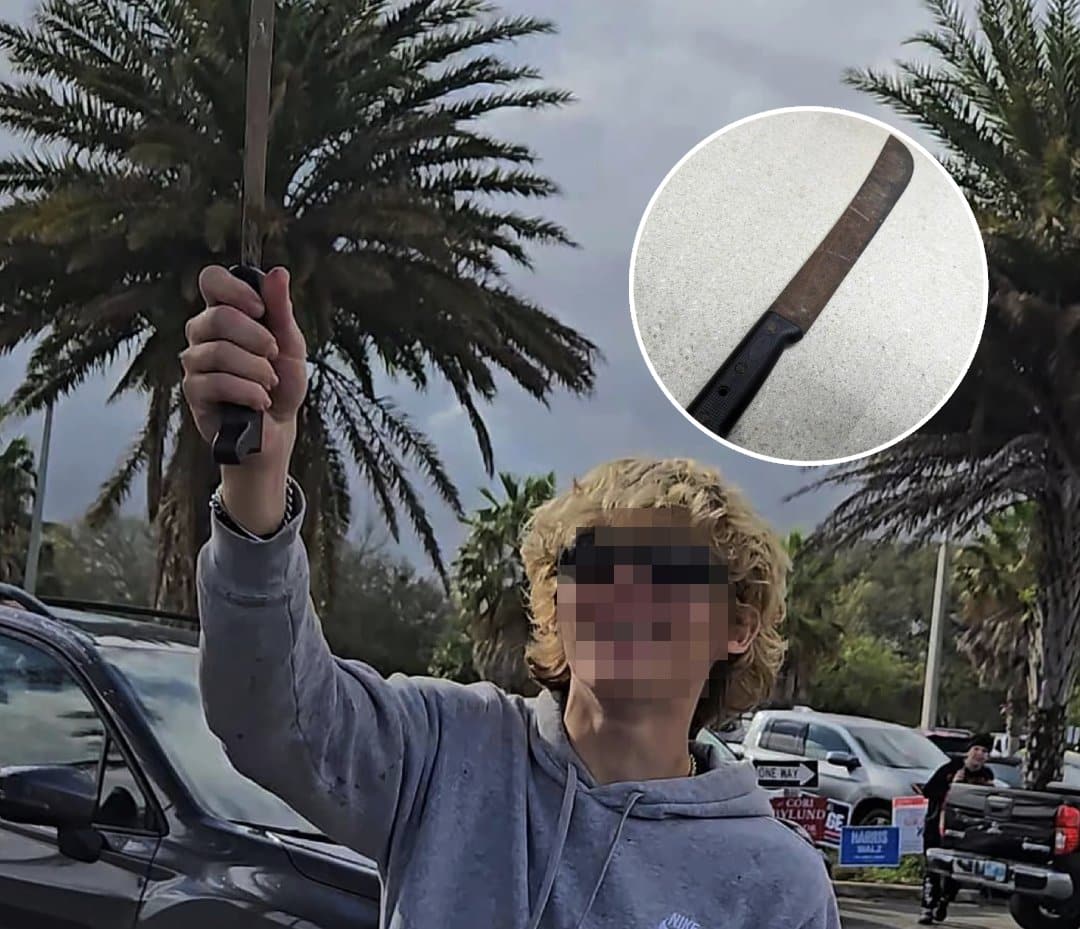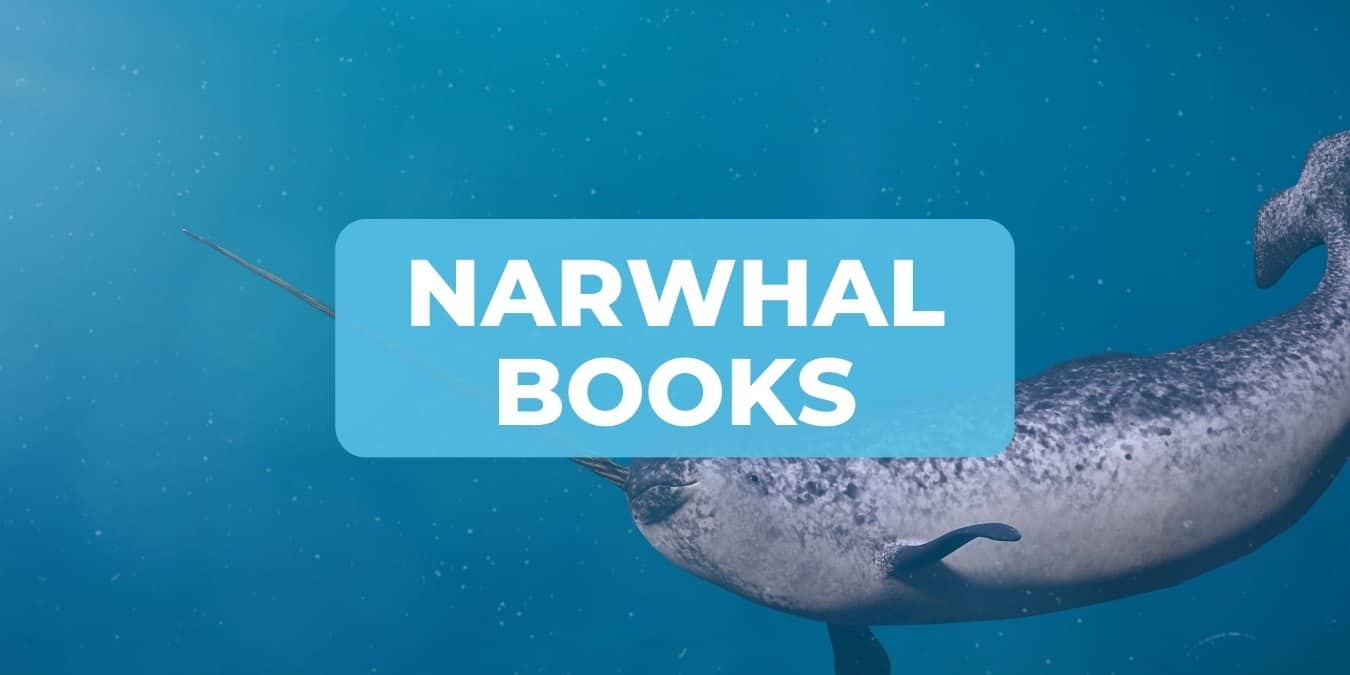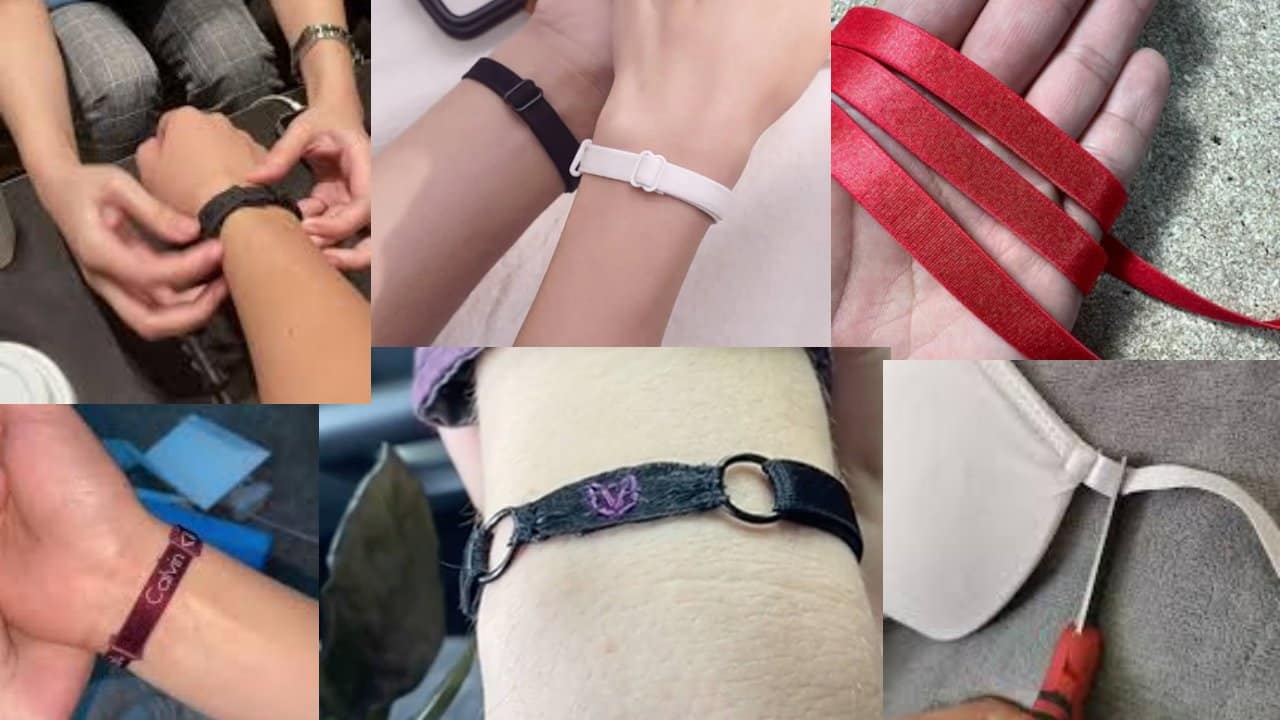If your child reverses letters or even writes them upside down, it is common to worry about dyslexia. But most children who have trouble with writing letters backwards, end up not having dyslexia at all. The correct orientation of letters is something that kids usually master as they learn to write. But there is a big decision to be made if you are concerned about dyslexia. Most experts will tell you that children who reverse letters up until about second grade do not end up having dyslexia. Good news! However, if your child does have dyslexia, earlier intervention, as young as age 5, has proven to be extremely helpful. That’s a significant gap during the years kids are learning to read and write.

Is My Child Dyslexic?
One of my children has dyslexia. This article is our personal experience with dyslexia and what we learned along the way. I also include suggestions for help if you need it. I am not a professional – I’m just a mom who struggled to find help. If you are a parent and worried about your child’s ability to read and write — and the implications it may have on their education, my heart is with you. I know how complex and overwhelming it can feel. Keep reading for the lessons we’ve learned — and what we would have done differently along the way.
What is Dyslexia?
If you are concerned your child might be dyslexic, it is important to know what it is and what it is not. The official definition of dyslexia:
Dyslexia is a language-based learning disability. Dyslexia refers to a cluster of symptoms, which result in people having difficulties with specific language skills, particularly reading. Students with dyslexia usually experience difficulties with other language skills such as spelling, writing, and pronouncing words.
International Dyslexia Association
Dyslexia is not just reversing letters, though that can be a symptom. Dyslexia is a broader difficulty with language. That is why it can be hard to spot when children are young and just learning to communicate using language. Dyslexia also doesn’t look the same for everyone. I really like this article about the signs of dyslexia at different ages.
Grab this activity pack to work on letter reversals with your child at home

Should I have my child tested for Dyslexia?
I am a big proponent of making decisions based on facts. So I would always say yes to testing if you are concerned. However, it was not as easy as I expected to have my child tested for dyslexia and other learning disabilities.
School vs. Private Testing for Dyslexia
Every state is different, so you need to carefully explore your local laws and school system – but there is a difference between having the public school system test your child or having a private psychologist or neuropsychologist evaluate your child for a learning disability. Most school systems do not employ staff qualified to diagnose dyslexia or any other disability. Most schools’ assessments are intended to qualify a child for special education intervention, not to diagnose them with anything.
The kicker –> even with an actual diagnosis in hand, most schools do not provide intervention services unless that diagnosis is deemed significant to your child’s academic needs. Then the school will likely conduct a screening for eligibility, even after diagnosis.
Sound complicated? It is. If you are concerned your child has a learning disability like dyslexia, expect to advocate for them… a lot… every year… until they graduate.
We got a Dyslexia diagnosis but I didn’t really Understand Yet
Because the experience with our local public school system had been less than ideal, we opted to have our child tested privately. (Some health insurance providers cover testing, and some do not. You’ll need to contact your provider to find out.) Once we had a diagnosis of dyslexia, we set up a meeting with our local school system to discuss the need for accommodations in the classroom…
And the world closed for COVID. whomp. whomp. Virtual schooling. What could possibly go wrong?
As much as virtual schooling was a trainwreck, it was also one of the best things that ever happened to us. Suddenly I was sitting with my child for every single moment of the school day to help her get through virtual assignments. I could see just how much she was struggling. I could see how much energy it was taking for her to get through the day. And I could see the huge impact it was having on her self-esteem to feel like she was failing every day.

Lessons Learned About Diagnosis
My biggest regret: I desperately wish I had gotten her help earlier. She was 7 years old then, the age you are supposed to know if she really needs help or if it’s just going to work out as she learned to write. I wish more than anything I had ignored the advice to wait and see. I wish more than anything that I had gotten her the early intervention that might have made things easier for her.
My advice: The very first paragraph at the top of this post mentions the gap between the accepted age for writing milestones and the benefit of earlier intervention — just do it. Get the evaluation. Even before you get a dyslexia diagnosis for your child, if they are struggling, get the extra help. Ignore the people who tell you to wait and see. Talk to your pediatrician. Talk to your child’s teacher. Work with your child at home. Read to them a lot. Listen to audiobooks. Build their self-esteem. Build on their strengths, don’t just focus on what they can’t do, focus on what they can do. If your child is struggling to read and write, it doesn’t take a diagnosis to begin helping them. Start now.
Are there advantages to dyslexia
I remember being really down and feeling stuck because I didn’t know what to do or how to help after my daughter was diagnosed. I called a good friend of mine who has a PhD in neuroscience and focuses on literacy. She said:
“It’s really okay. The more we learn about brains, the more we realize that being neurotypical isn’t really all that typical. Her brain is just different than yours.
That’s not bad.”Dr. JenNifer Petrich, PhD Neuroscience
That really connected for me. After that, I began a journey of understanding how my daughter’s brain works and how I could provide her what she needs to love learning. It feels more like a treasure hunt than a condition that needs to be fixed now.
Dyslexia isn’t all bad!
What we uncovered was that she received lots of advantages to go with her disadvantaged reading and writing abilities. She can remember things she’s heard better than the rest of our family combined. (She’s the only one who can remember phone numbers around here.) She understands connections in science in a way that I didn’t understand until I was an adult. (Last year she went through 5 years’ worth of video-based homeschool science courses because it was fun.) She has extraordinary number sense even though she still sometimes reverses her numbers when she writes. Math is not memorization for her, she understands how it works and can solve complicated, multi-step problems beyond her grade level.

Why does that matter? Because dyslexia is not a medical illness or a mental illness. It is also not a reflection of intelligence. In fact, most dyslexic people have normal or above-normal intelligence. It is literally a difference in how your child’s brain works.
Dyslexia advantages:
- commonly able to visualize things 3-dimensionally
- excellent big-picture thinkers
- excellent at seeing patterns and solving puzzles
- excellent at simplifying and solving problems
- observant and creative
- impressive visual memory
- increased intuition
Dyslexia isn’t all bad. In fact, there are some things that are pretty cool. But it definitely makes reading and writing more challenging.
You can work with your child at home
How can I help my child with Dyslexia?
Start intervention early. Dyslexic children need multi-sensory instruction to master reading skills. Multi-sensory instruction means that your child needs to engage more than one sense at a time – sight, hearing, and movement. Your child will need lots of ways to connect with what they are learning as they read.
We created these letter reversal activity packs to help with common letter confusion. You can download them for free to help your child at home. Or you can download the complete letter reversal activity pack that includes all of the letter sets in the link above.
b and d
p and q
m and w
n and u
Dyslexia Reading Intervention Program Options
If your child is dyslexic, they will likely need intensive reading intervention, which means more than being pulled out of class once a week. The most common and recommended reading intervention programs are Orton-Gillingham and the Wilson Method. These programs are both wonderful but can be very expensive and are likely not covered by your insurance plan. There are also options like Structured Word Inquiry (SWI) but it is not an accredited program, it is a teaching method that focuses on the scientific investigation of words.
I wish I had better advice than just keep kicking over rocks until you find a tutor, school, or program that works for your child. But that is exactly what I had to do. Over the last four years, we’ve used all of these programs at some point. When my child was 10000% shut down about reading, trying to read, or even talking about reading, Structured Word Inquiry literally saved us. It took the pressure off and let her explore language differently. It renewed her interest in words, how they are built, and where they came from. SWI made her curious again – that made it possible for us to explore the more widely known programs for reading and writing intervention.
What does Reading Intervention look like Now?

The program that really worked for us over time is Savvy Learning. <– Nope, Savvy is not sponsoring this. This is my personal referral link because my child is a student there. I am sharing my referral link because if you decide Savvy might be a fit for your child, the link will give you a $25 credit toward the program (I also get a $25 credit. So no cash, but it does go toward my daughter’s reading intervention. So thanks!) Savvy works with all kinds of students who need reading support, not just kids with dyslexia.
If your child is open to learning virtually, Savvy Learning is fantastic, they really focus on engaging kids and making it fun. They are also a lot more affordable than other options we’ve personally tried. My daughter has been a Savvy student for more than 2 years and, with time and consistency, her reading has exploded. We have used both group sessions and individual tutoring and have been very happy with both. They also have the most responsive customer service team ever. Any concern I’ve ever had, they have responded quickly, and with great care.
My biggest takeaway about reading intervention is to start. Literally, just start. The most profound reading growth came from daily ongoing reading support.
What other questions do you have about dyslexia? I’m glad to answer as many as I can based on our personal experience.

 PARENTING TIPS
PARENTING TIPS







 PREGNANCY
PREGNANCY








 BABY CARE
BABY CARE








 TODDLERS
TODDLERS








 TEENS
TEENS








 HEALTH CARE
HEALTH CARE






 ACTIVITIES & CRAFTS
ACTIVITIES & CRAFTS








 CONTACT
CONTACT ABOUT
ABOUT















